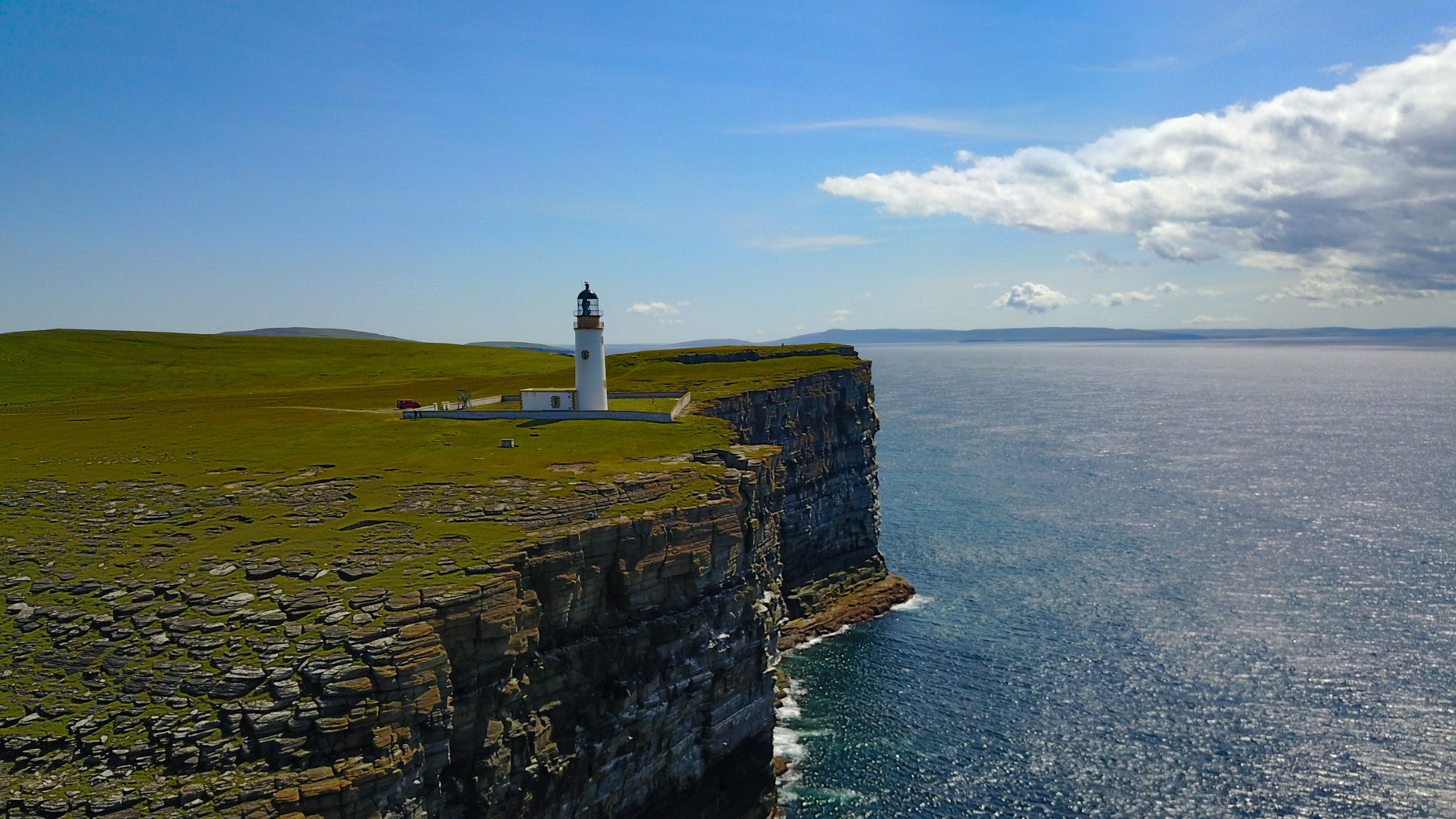Discover the raw beauty of Orkney's northern isles
The archipelago is home to a collection of 'fabulous archaeological sites'

The northern isles of the Orkney archipelago receive fewer visitors than the main island (known as the Mainland) and those to the south. But they have a windswept magic of their own, says Mark Rowe in The Telegraph: teeming colonies of seabirds, fabulous archaeological sites, and often "violently beautiful" coastal scenery.
Each has its own character, so it's worth visiting as many as you can, and exploring them on a bike or on foot. Many have hostels with private rooms, and some also have pubs and b&bs. Regular ferries make the tour easy, and there's even a small- plane service between Westray and Papa Westray – the world's shortest scheduled flight, a "hauntingly beautiful" two-minute, 1.7-mile hop over Papa Sound.
Orkney was at the heart of a seafaring neolithic civilisation that stretched from Scandinavia to southern Britain. Of the sites that survive here from this late era of the Stone Age, the village of Skara Brae, on the Mainland, is the best known – but the Knap of Howar, on Papa Westray, is at least 400 years older.
The Week
Escape your echo chamber. Get the facts behind the news, plus analysis from multiple perspectives.

Sign up for The Week's Free Newsletters
From our morning news briefing to a weekly Good News Newsletter, get the best of The Week delivered directly to your inbox.
From our morning news briefing to a weekly Good News Newsletter, get the best of The Week delivered directly to your inbox.
Believed to date from 3600BC, it may be the oldest stone house in northern Europe. It has two rooms, containing stone furniture, and is in a "superb" coastal setting. Also "unmissable" is the 4.5-metre-tall Stone of Setter – the Orkneys' highest ancient monolith – on Eday, and the four-metre-tall Stan Stane on North Ronaldsay, which is perforated with a single hole, which was possibly used to calculate a prehistoric calendar.
A natural arch spanning the mouth of a cliff-ringed sea inlet, the Vat of Kirbister on Stronsay is an "elemental" sight. Still more rugged are the cliffs around the Noup Head Lighthouse on Westray, where you're sure to see puffins between April and July.
But for "raw beauty", it's hard to beat Sanday, and the walk from Cata Sand (a bay with towering pale dunes and "aquamarine" waters) along the "bird-smothered" headland of Tresness to the Stone Age tomb at its head; a lonely chambered cairn, free of modern-day signage, and "lapped by the sea".
A free daily email with the biggest news stories of the day – and the best features from TheWeek.com
-
 The best food books of 2025
The best food books of 2025The Week Recommends From mouthwatering recipes to insightful essays, these colourful books will both inspire and entertain
-
 Art that made the news in 2025
Art that made the news in 2025The Explainer From a short-lived Banksy mural to an Egyptian statue dating back three millennia
-
 Nine best TV shows of the year
Nine best TV shows of the yearThe Week Recommends From Adolescence to Amandaland
-
 Winter holidays in the snow and sun
Winter holidays in the snow and sunThe Week Recommends Escape the dark, cold days with the perfect getaway
-
 The best homes of the year
The best homes of the yearFeature Featuring a former helicopter engine repair workshop in Washington, D.C. and high-rise living in San Francisco
-
 Critics’ choice: The year’s top 10 movies
Critics’ choice: The year’s top 10 moviesFeature ‘One Battle After Another’ and ‘It Was Just an Accident’ stand out
-
 A luxury walking tour in Western Australia
A luxury walking tour in Western AustraliaThe Week Recommends Walk through an ‘ancient forest’ and listen to the ‘gentle hushing’ of the upper canopy
-
 Joanna Trollope: novelist who had a No. 1 bestseller with The Rector’s Wife
Joanna Trollope: novelist who had a No. 1 bestseller with The Rector’s WifeIn the Spotlight Trollope found fame with intelligent novels about the dramas and dilemmas of modern women


